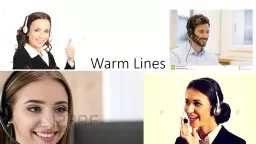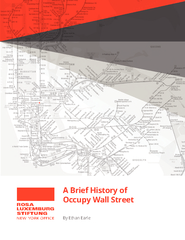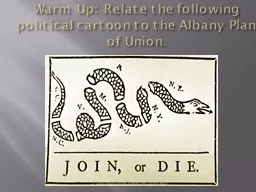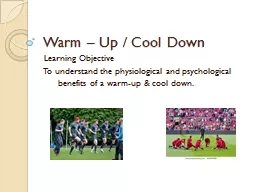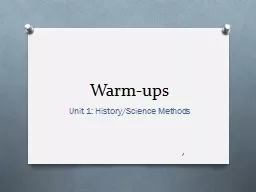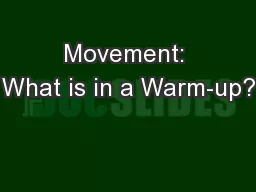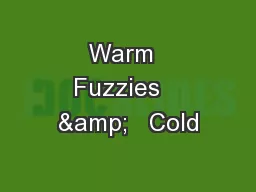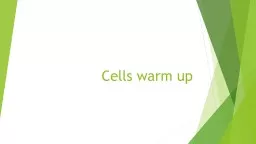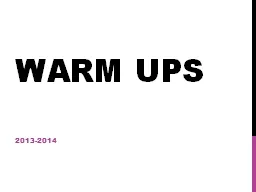PPT-Warm Lines A brief history
Author : pamella-moone | Published Date : 2018-02-27
According to the United States Library of Medicine the first suicide hotline began assisting callers in Los Angeles in 1958 Within a decade many other crisis intervention
Presentation Embed Code
Download Presentation
Download Presentation The PPT/PDF document "Warm Lines A brief history" is the property of its rightful owner. Permission is granted to download and print the materials on this website for personal, non-commercial use only, and to display it on your personal computer provided you do not modify the materials and that you retain all copyright notices contained in the materials. By downloading content from our website, you accept the terms of this agreement.
Warm Lines A brief history: Transcript
Download Rules Of Document
"Warm Lines A brief history"The content belongs to its owner. You may download and print it for personal use, without modification, and keep all copyright notices. By downloading, you agree to these terms.
Related Documents

